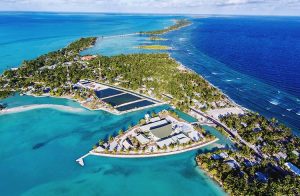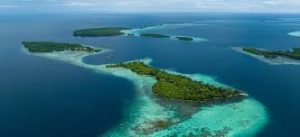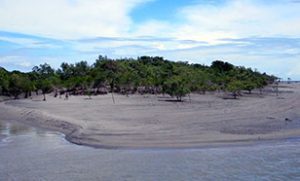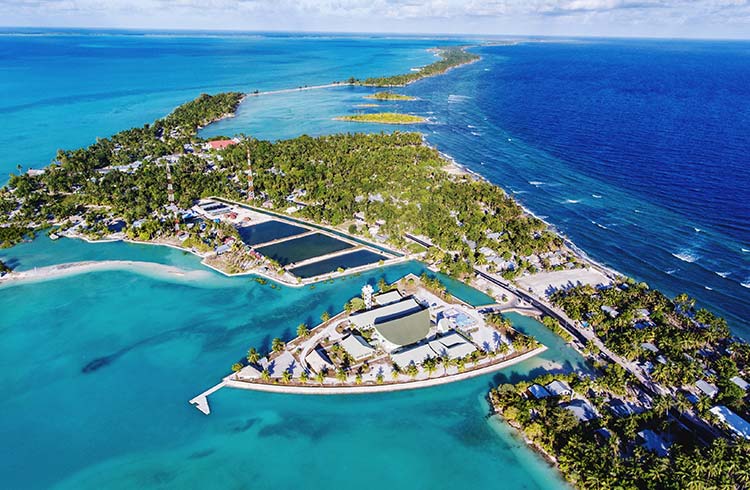The world is constantly changing due to climate change, which is drastically affecting islands. Particularly low-lying islands are affected by rising sea levels, coastal erosion, and extreme weather conditions. As a result, some of these islands that have unique ecosystems and tropical paradises are slowly sinking and may be completely gone in the future. Here is a list of five “disappearing” islands.

1. Maldives
In the Indian Ocean, there is a beautiful chain of over 1000 islands called the Maldives that boasts turquoise waters, coral reefs, and luxury resorts. With an average elevation of just 1.5 meters above sea level, the Maldives is one of the world’s lowest-lying countries. Climate experts have reported that the Maldives could submerge completely over time as a result of the rising sea levels caused by global warming. As a result of the rising water, the Maldives is at serious risk of flooding.
However, as a solution to the issue of rising sea levels, the Maldivian government and property developer Dutch Docklands have built a floating city in a turquoise lagoon. The floating city, which is big enough to house 20,000 people, is constructed 10 minutes away from the Maldivian capital, Male if you are travelling by boat. The floating city is designed in a pattern similar to brain coral.

2. Kiribati
Kiribati is second on our list of disappearing islands, and it is located in the central Pacific. Kiribati, comprised of 33 atolls and reef islands, is just a few meters above sea level. Therefore it is particularly vulnerable to rising sea levels, which is why experts predicted that the island might eventually become inhabitable. Experts predicted that saltwater intrusion may destroy the crops and fresh water supplies may become scarce.
The Kiribati government initially prepared for the ordeal by planning a “migration with dignity” strategy, which included relocating to a land in Fiji. However, the government is working on climate adaptation strategies to build resilience without forcing widespread migration. Some of the work that has been done includes efforts to maintain fresh water supply, strengthen seawalls, and invest in natural coastal defences. There is also the Kiribati Adaptation Program that focuses on water security, infrastructure improvements, and coastal management to help communities stay in place as long as possible.

3. Solomon Islands
Next on the list of disappearing” islands is the Solomon Islands, an archipelago in the South Pacific. These stunning islands, known for their remarkable World War II history, feature lush rainforests and diverse marine life. Due to rising sea levels and coastal erosion, some of its islands have vanished, and some are still slowly submerging under the water.
The disheartening situation is yet to be addressed, as some consider if strengthening the seawalls could solve the issue of the rising sea. A report, citing information from the World Bank, shared that around 26,000 residents have been forced to leave the Solomon Islands and relocate due to cyclones, flash floods, and other weather-related events since 2008.

4. Sundarbans Islands
The Sundarbans Islands are a part of the world’s largest mangrove forest. Located between Bangladesh and India, the Sundarbans Islands are renowned for their Bengal tigers, saltwater crocodiles, and diverse bird species. It is also a UNESCO World Heritage site affected by the rising sea levels caused by climate change. As a result of the rising sea, agriculture and freshwater resources are affected.
Additionally, the wildlife and the locals are all at risk as parts of the Sundarbans are submerged underwater each year. As some of the clustering islands get swallowed by the sea, residents are forced to relocate to the neighbouring islands to live. Along with the erosion of the land caused by the increase in salinity, the Sundarbans suffer frequent cyclones. Although the mangrove forest has a natural barrier against storms, the eroding land leaves the forest vulnerable to bad weather conditions.

